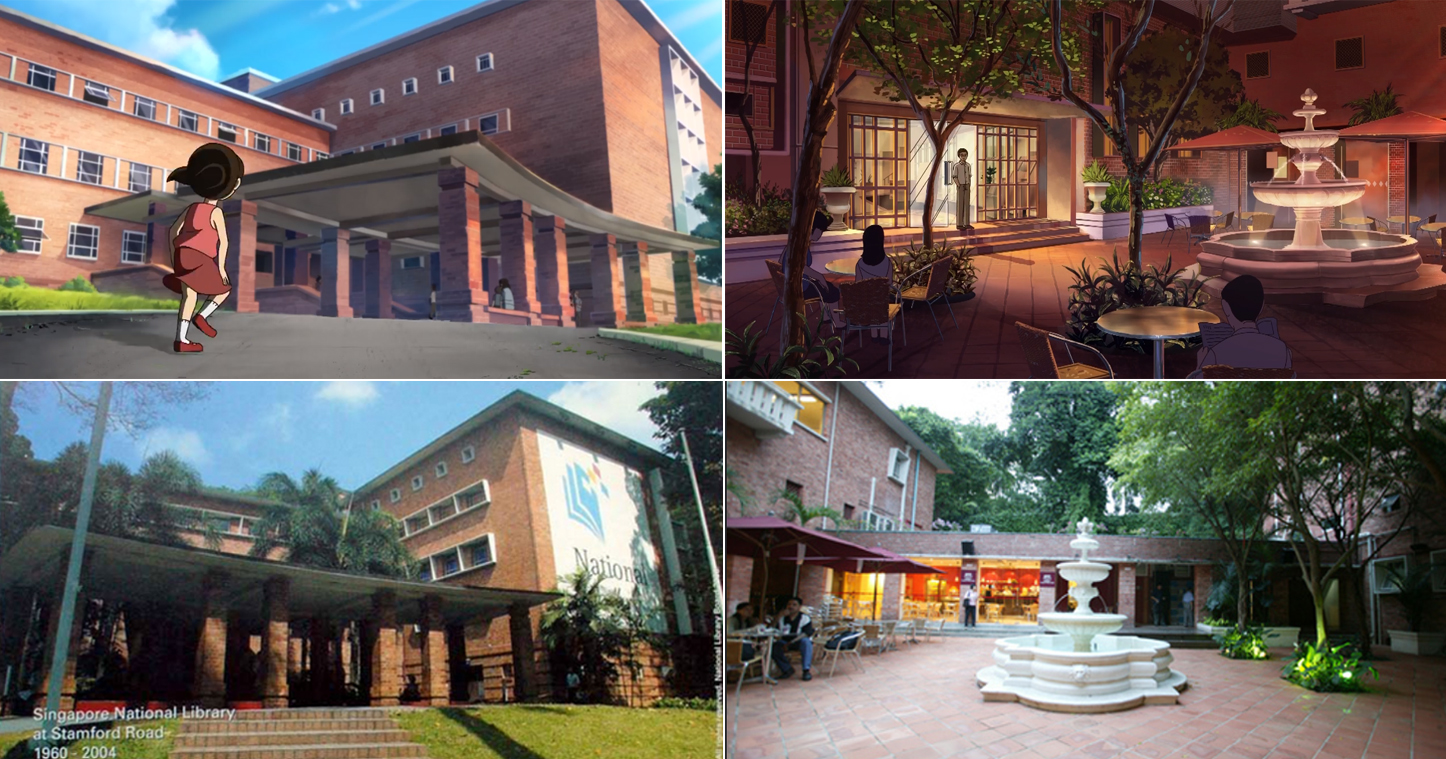An animated short film about an iconic venue in Singapore that is no more is making Singaporeans cry.
The 15-minute animation uses the old National Library at Stamford Road as a backdrop for a blossoming boy-girl relationship, as well as a nod to the fleetingness of physical spaces that give way to memories.
But many Singaporeans who remember the iconic red-bricked building are impressed by the attention paid to the details of the original infrastructure being recreated in illustrations.
What the dialogue-less short film, Little Red Bricks, showed was a near faithful replication of the original building's facade and interior.
Exterior
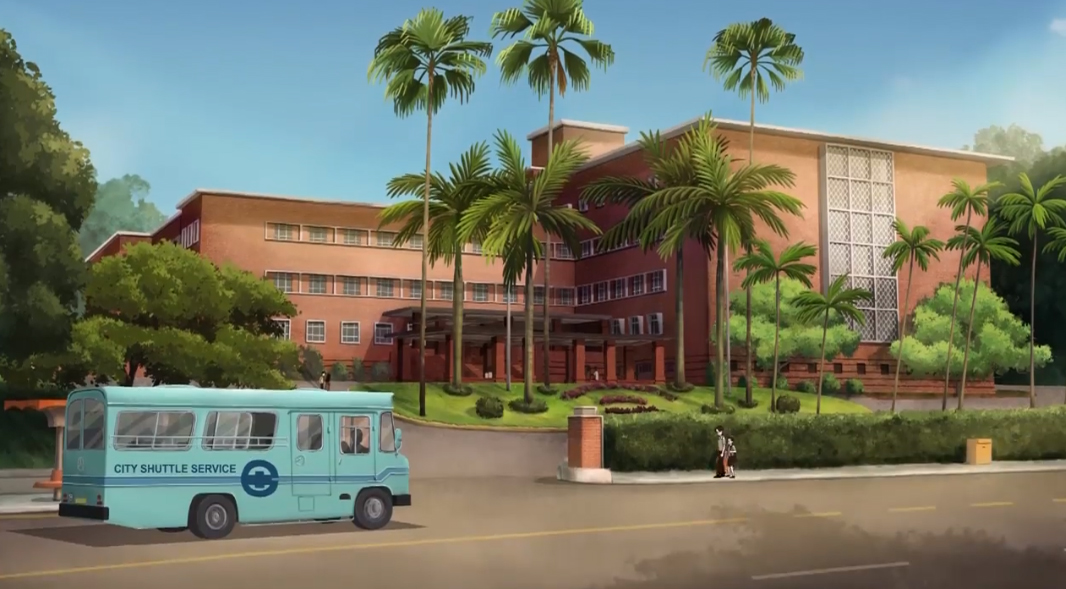
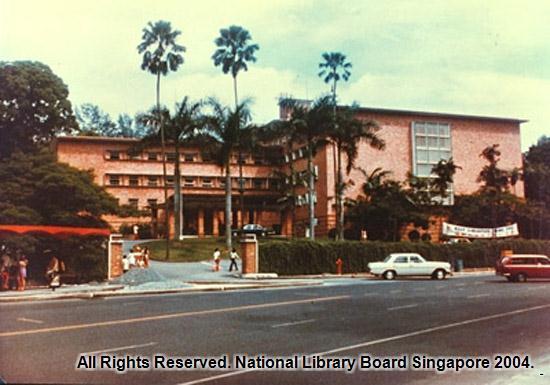
Iconic shelter
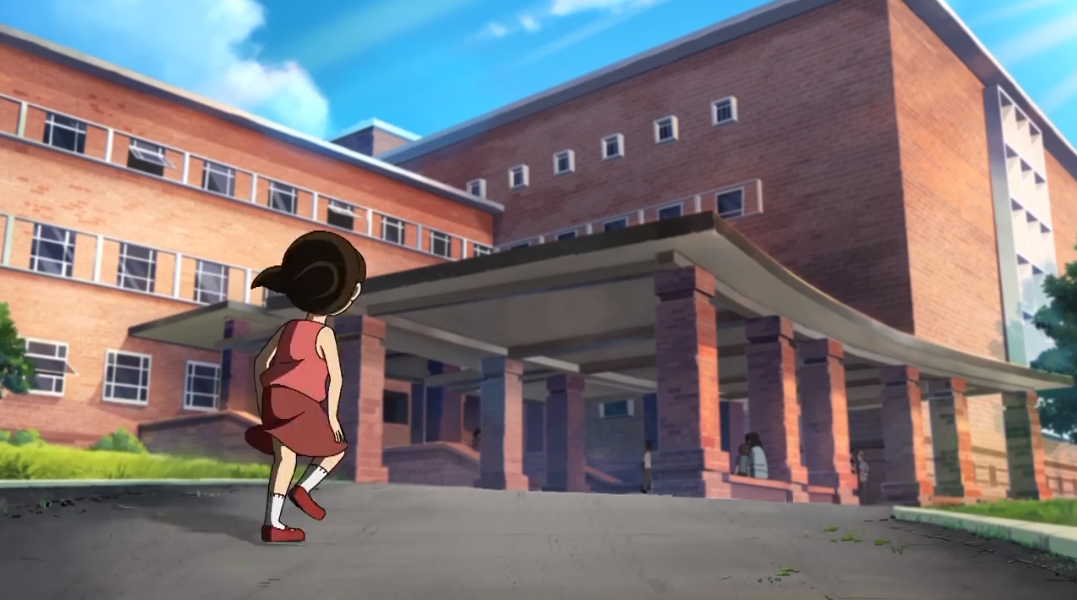

Foyer
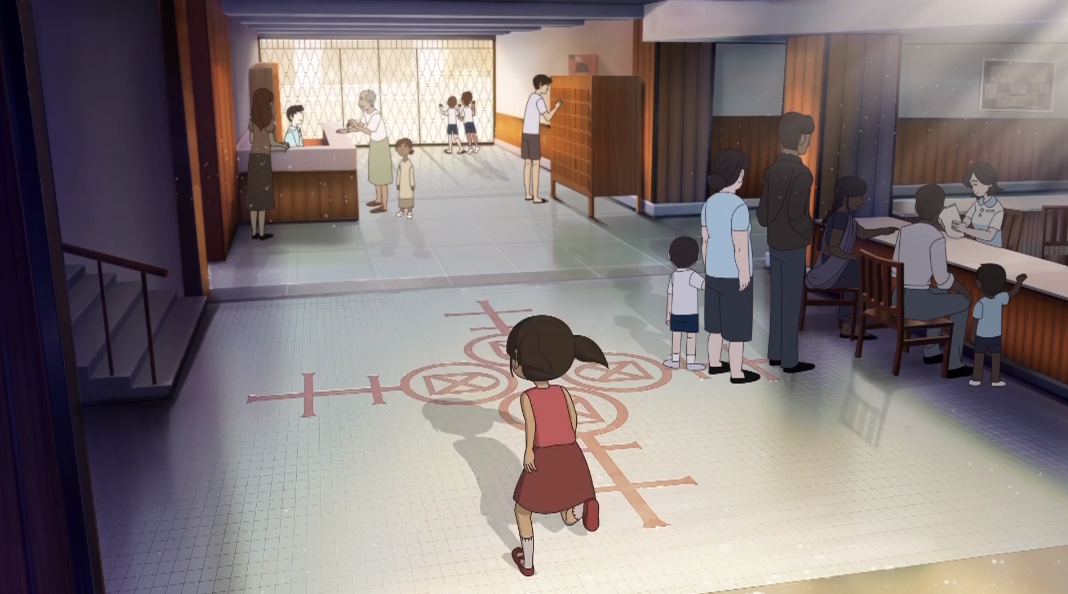
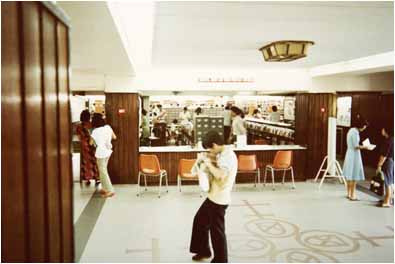 Via NLB
Via NLB
Fountain
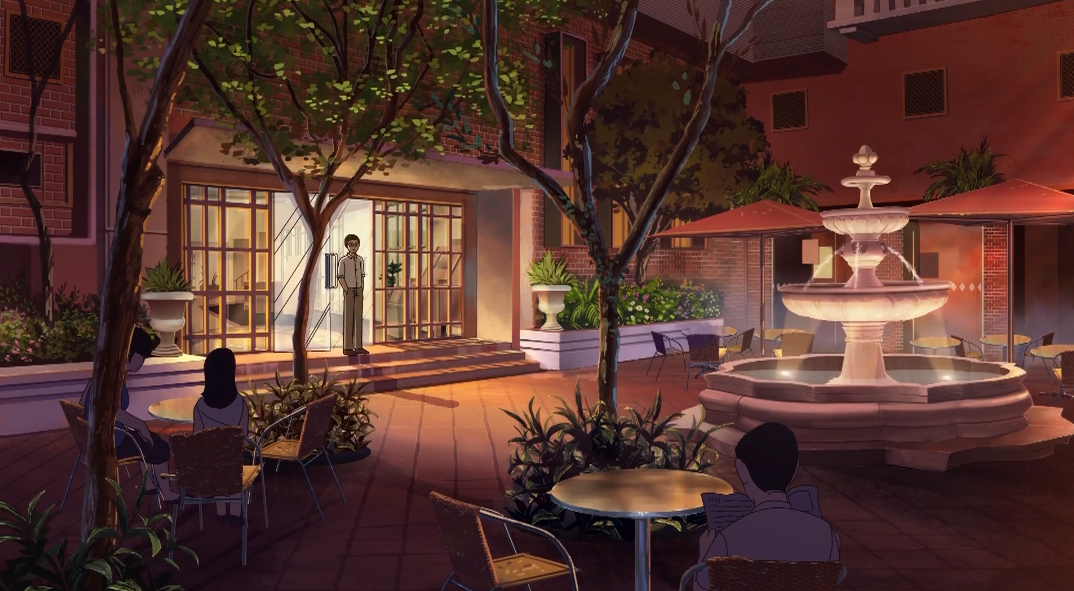
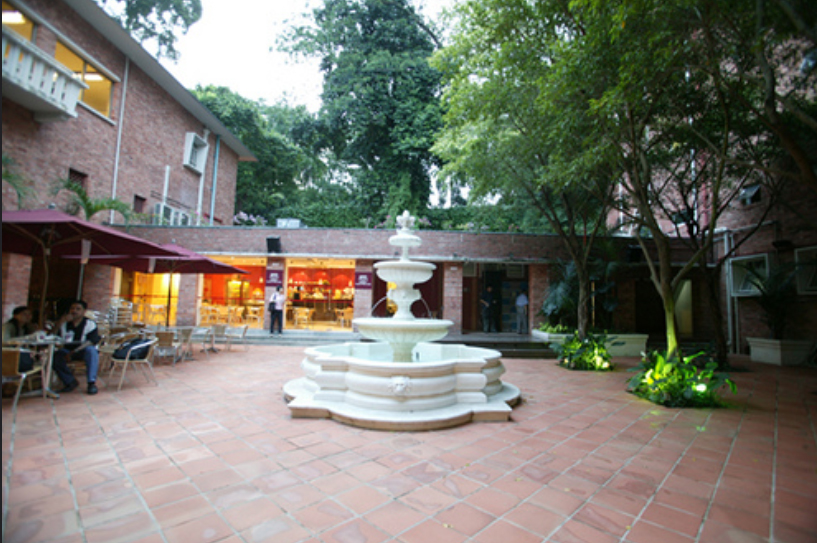 Via PictureSG NLB Singapore Flickr
Via PictureSG NLB Singapore Flickr
Hawker centre

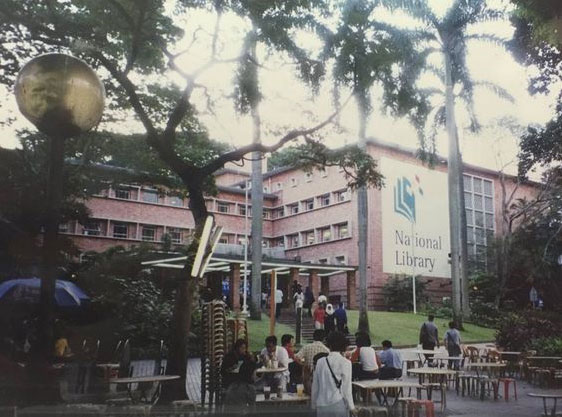 Source: irememberSG Pinterest
Source: irememberSG Pinterest
This is part of a five-part series, TimeScapes Anthology.
According to Shin Min Daily News, each short film took four to five months to complete.
It is produced by Robot Playground Media.
You can watch it here.
Building's destruction controversial
There are a few reasons why Singaporeans remember the old National Library so fondly.
One of it is because the building's ultimate demolition was not made public until it was already decided it would be torn down and there was very little that could be done to save it.
Murmurings of the building's destruction had been ongoing for 16 years, but confirmation of it was only given in 2000, four years before its ultimate demise.
The building was demolished in July 2004.
In its place, a one-way underpass tunnel was constructed to ease the traffic flow in the town area.
Building's popularity
Christened as the National Library, the building was designed and built by the Public Works Department.
The red-bricked building was officially opened on Nov. 12, 1960, by the then president of Singapore, Yusof bin Ishak.
The architecture was said to reflect the red-brick epoch of British architecture in the 1950s.
It occupied a total floor area of 10,000m². There were reading sections for adults and children, a microfilm unit and a lecture hall.
The library was popular among students from Raffles Institution, Raffles Girls' School, St Joseph's Institution and Tao Nan School that had their early beginnings in the Stamford Road area.
The front porch and steps leading up to the library was an iconic landmark, as were the The Courtyard Cafe and The Fountain located within the library.
Timeline of National Library's demolition
Talk of tearing down the building came as early as May 1988.
On March 17, 1990, the Ministry of Community Development confirmed in Parliament that the new National Library would be sited at the former Raffles Girls' School site in Queen Street.
The 1992 Civic District Master Plan public exhibition was held in February.
An important revision then was the mentioning of the one-way Fort Canning Tunnel, entering the hill at the existing National Library, and emerging at Penang Road to be built by the year 2000.
The 380m-long tunnel was to help smooth out traffic flow.
Work on the tunnel was expected to start after the National Library had relocated to Victoria Street by 1996.
In the extensive press reports in 1992, neither the demolition of the National Library building nor the reasons for changing the site of the new National Library to Victoria Street were given.
In the 1997 Master Plan for the area, plans for the Fort Canning Tunnel remained unchanged. It was not explicitly stated in the report that the National Library building would be demolished.
In April 1997, the library was even closed for a S$2.6 million upgrading and renovation programme to meet the needs of the burgeoning Internet age.
It was planned to reopen on Oct. 1, with its facilities upgraded, with new computers, and its collection updated with 80,000 volumes added.
Actual renovations took nine months and the library was officially reopened on Jan. 16, 1998.
On Dec. 8, 1998, a letter to The Straits Times forum page brought to the public attention that there was a possibility that the National Library would be demolished.
This was following an announcement by the newly-formed Singapore Management University (SMU) that its new city campus would be sited in the Bras Basah area including the old National Library's site.
SMU assured the public that they could play a part in deciding the fate of the red-bricked building.
On March 13, 1999, SMU organised a public symposium at the Singapore Art Museum to gather feedback for its campus masterplan.
On Jan. 24, 2000, a well-known architect, Tay Kheng Soon, held a press conference at The Substation to unveil his unofficial SMU masterplan, after SMU chaired a technical workshop to obtain feedback on three alternative proposals.
Tay wrote to the Prime Minister's Office regarding his proposal, which was referred to the Ministry of National Development.
On March 7, 2000, the Minister for National Development, Mah Bow Tan, announced in Parliament that the National Library building would have to go.
[related_story]
According to Mah, the authorities had assessed Tay's plans, but concluded that the Urban Redevelopment Authority's plan was a better proposal for preserving the Civic District's ambience and being more people-friendly.
The old National Library was eventually torn down in July 2004.
Today, all that remains of the building at its original site are two red-bricked entrance pillars standing near the Fort Canning Tunnel.
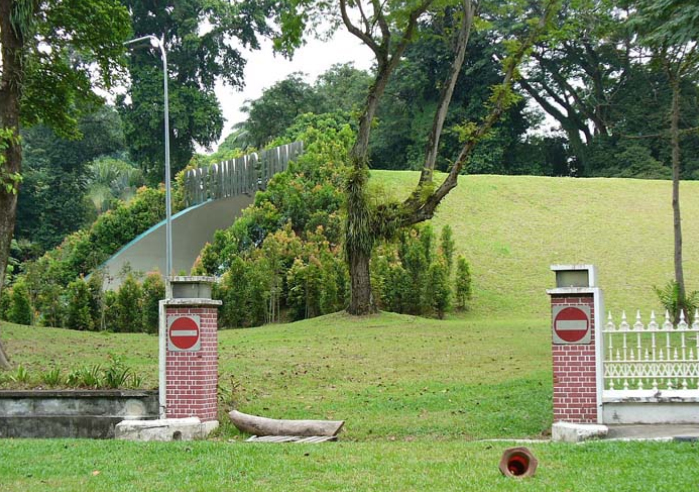
If you like what you read, follow us on Facebook, Instagram, Twitter and Telegram to get the latest updates.
